This material was not planned, but emerged unexpectedly as an addition to the article dedicated to Quetzalcoatl (Part One of the In quest of… series), who reached the shore of Yucatán Peninsula in the 10-11th century and gave spiritual knowledge, culture and flourishing to Toltec tribes. As you remember, in the said article I endeavoured to find traces of the Primordial Knowledge on the ruins of extinct Native American civilizations, and I intend to continue this work herein.
To avoid unnecessary long prefaces, let me proceed to the main point and say that several days after the previous publication I got a short e-mail message referring to North American Iroquois tribes, which have been living for a long time and still live in a cultivated environment in the current US territory. Several images were attached to the message.
Here are the images:
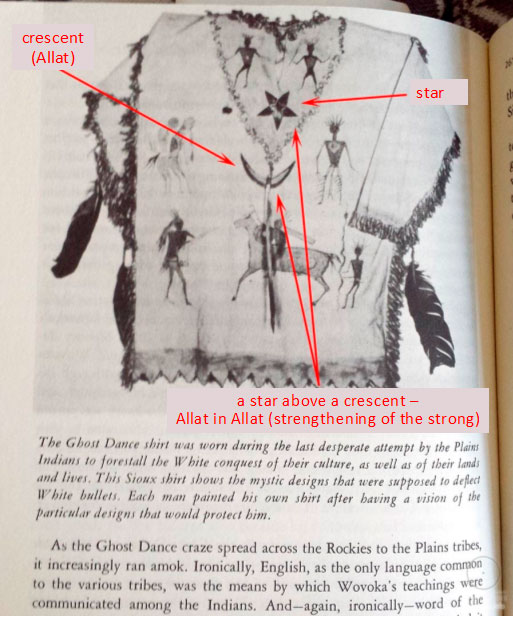
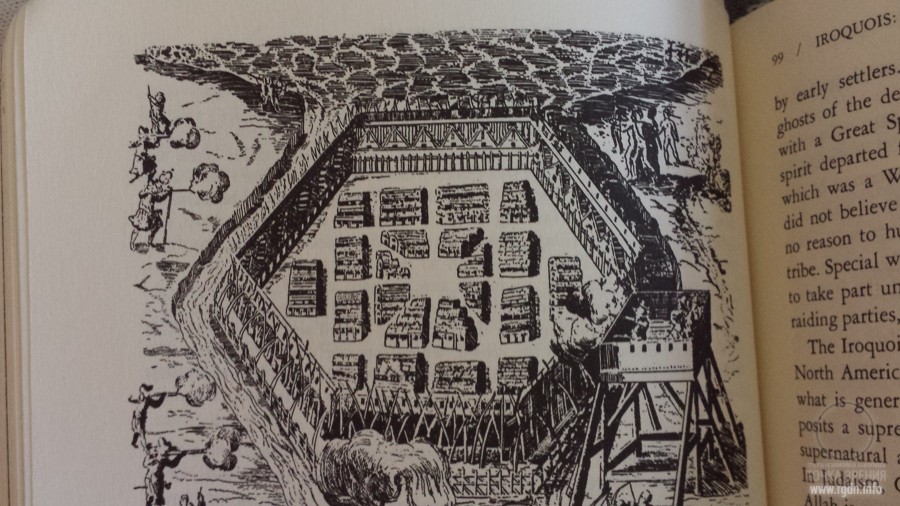
I attentively examined the clothes of Paiute Indians and the accurate geometric architecture in the Iroquois settlement and decided to search for more information. Everything that I have further discovered originated from the above two images, so many thanks to the person who sent them to me at the right time.
Looking at these images, I could explain many things, but where did the Indians take the Ghost Dance, the crescent, and the star from? It’s a very serious question indeed! As a further more mature pathfinder I followed the new fresh track leading northward across the American continent from our starting point indicated in the previous article about Quetzalcoatl, i.e. from Yucatán Peninsula where the Toltec and Maya civilizations had been situated. Taking into consideration that a star and a crescent represent major symbols (signs) in the Primordial Knowledge and are well described in the AllatRa book, it was definitely the right guideline – I really felt the 11th century was somehow marked in this locality. Moreover, note that the crescent is above the star, which is Allat in Allat or strengthening of the strong (for sure many of you saw such symbols in Islam and Orthodoxy).
Let me give a relevant quote from the source:
Rigden: In essence, a star over a crescent means strengthening of what is already strong: it’s Allat in Allat. However, such designation is also used as an additional indication of one of the powers of Allat...
… The sign of a five-pointed star activates a sense of justice and hope for the future in a person (at the subconscious level) and also encourages people to unite. Yet, unfortunately, such unique qualities of the sign have often been used and continue to be exploited by people who serve the Animal Mind. This is certainly a weak force compared to the AllatRa sign; nonetheless, due to its massive use it gives a certain result associated with particular influence on people and alteration of events in the three-dimensional world. In the case of the five-pointed star, no matter if it is pointing up or down, it will still be a sign of one of the generative forces of Allat. The only question is where such additional power is spent, or rather where it is redirected by people who get it… (page 451 on allatra.us)
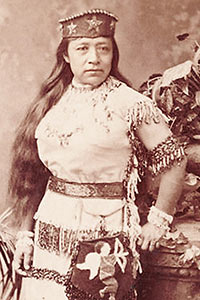
The Ghost Dance emerged among Paiute Indians who lived in the western part of North America, called the Great Basin. As for the origin of the word paiute, as well as the origin of the tribe itself, it is unclear and unknown. I failed to find any specific information except for a photograph of Sarah Winnemucca, the Paiute writer, educator, and activist. This 1883 photo is on the right. As we can see, her hat is decorated with several images of a five-pointed star that was repeatedly discussed on our website, especially in the articles Jim Alison’s lines and Five points of the Star.
What else makes North America so distinctive in the historical period we are interested in? Again, as if a hand of an invisible instructor led me through the impenetrable informational forest towards the next very interesting source:
Judging by the title, it is clear people inhabited the Mississippi Valley, but I’ve been particularly amazed by the fact there are real pyramids there (!). Historians call them mounds, but it makes no difference whether we call them mounds or pyramids, they still remain ancient archaeological structures the purpose of which is still unknown. At that, there are over a hundred such mounds in the area!
Cahokia is the site of a pre-Columbian Native American city (c. 600–1400 CE) directly across the Mississippi River from modern St. Louis, Missouri. This historic park lies in southern Illinois between East St. Louis and Collinsville. The park covers 2,200 acres (890 ha), or about 3.5 square miles (9 km2), and contains about 80 mounds, but the ancient city was much larger. In its heyday, Cahokia covered about 6 square miles (16 km2) and included about 120 human-made earthen mounds.(according to Wikipedia)
Though Wikipedia tells a lot, it holds back a lot, too, for in other sources (e.g. here) I found the following information on chronology:
Researchers believe the heyday of the Mississippian culture in Cahokia was between 1050 and 1250 AD.
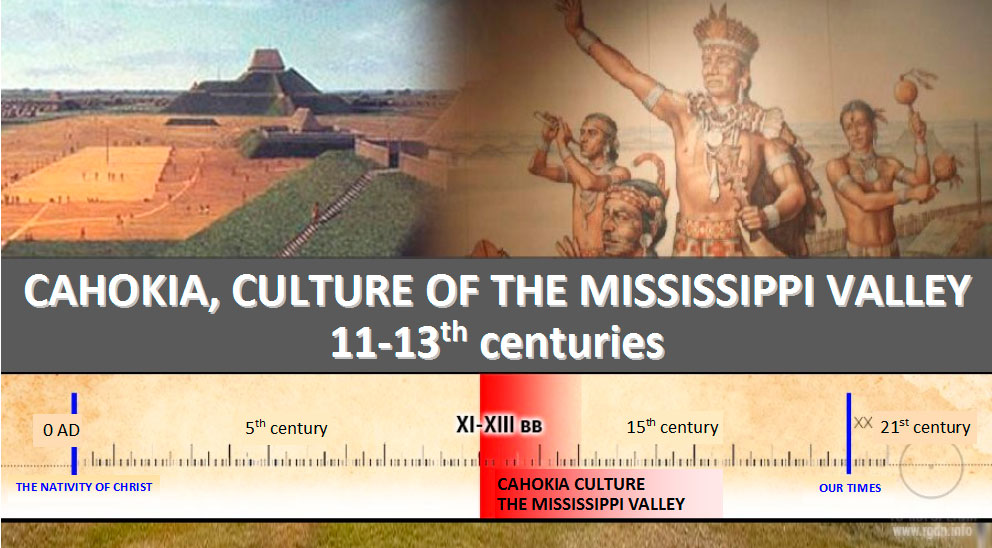
During excavations researchers discovered figurines of various mythical creatures and signs. (Well, of course, what else could be there other than mythical creatures / animals and signs?) Scientists believe ancient settlers particularly revered certain kinds of animals that apparently played a significant role in their life. Special importance was attached to the falcon, which was considered to be the connecting link to the superior world (!!!) (The falcon symbolizes the human Front Aspect! Could the Toltec quetzal be its analogue?) It is known that the falcon cult was intrinsic to many cultures and peoples. (Unfortunately, there is no indication of specific cultures and peoples, but in due time we will delve into the subject as well.)
In the course of excavations, the wooden solar calendar Woodhenge was found. The calendar performed a major religious and astrological function in the life of the Cahokia community, marking the solstice and equinox days (this is not the first place where such importance was emphasized). Woodhenge represented a circle of cedar stilts and was used for astronomical observations. Now it is reconstructed.
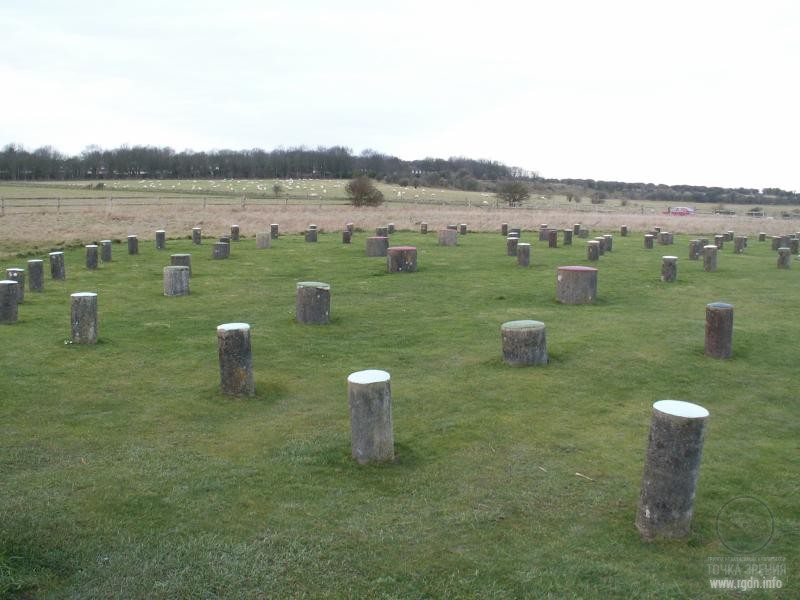
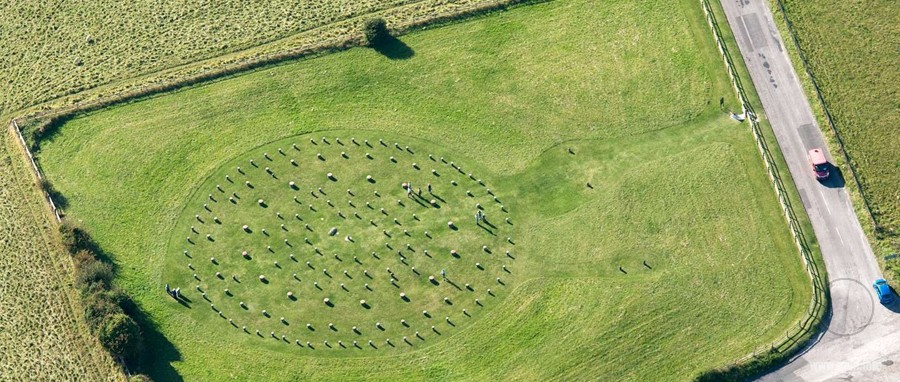
Woodhenge
Most frequent images on the stilts include a frog with its legs raised (we will see such animal many times further), a snake and a panther, sometimes combined with parts of other animals. The cross was also particularly important. (The cross again?! Long before the perfidious conquistadors who were mowing abundant crops of the pre-Christian cultures with swords, fire and diseases? Do you have any guesses about the cross origin in that land?) The images often depict a cross inside a circle, where the circle has sunbeams around it, most probably signifying the sun or the four cardinal directions (or, perhaps, the four human Aspects?) Researchers assert every image has a hidden meaning and delivers some information, but as of today none of them (at least in the official science community) dares to fully explain such meaning. (They don’t dare because they lack necessary knowledge, though such knowledge is already available in the world...)
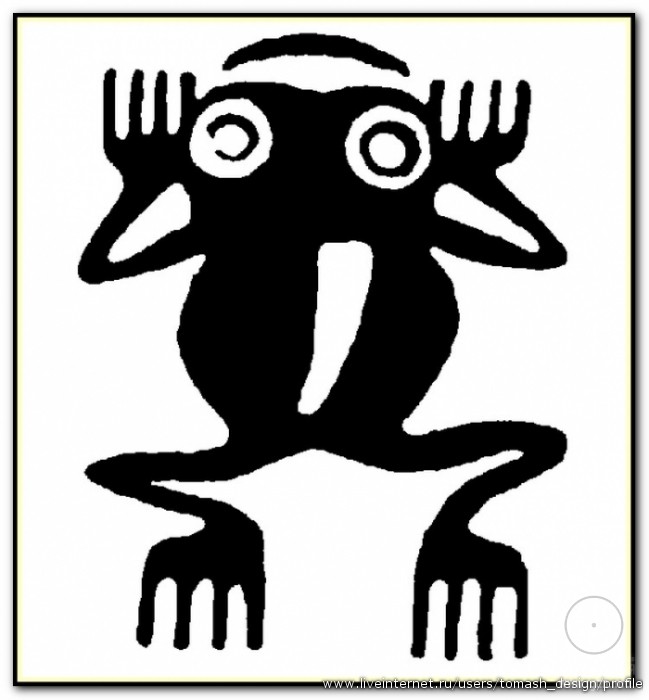
The following paragraph will probably amuse our readers:
The most interesting and amazing thing is that such images are found nearly on all continents of the earth, though being attributed to different historical periods and cultures that outwardly have little in common, but to all appearances possessed the same knowledge. Researchers see an obvious interconnection between such ancient images and symbols, but so far they are unable to understand totally which common information they bear.
Well, God grant them an encounter with the AllatRa book! Should historians, archaeologists and culture experts take the Knowledge given in the said book and perform certain analysis, they would arrive at so many discoveries! In the meantime, I’d like to present an image gallery with mounds (or rather pyramids), drawings and layouts of settlements. When I was preparing the material for Pyramids: the mystery that may be finally unravelled!, I had no idea such mysterious structures were present in the Mississippi Valley as well.
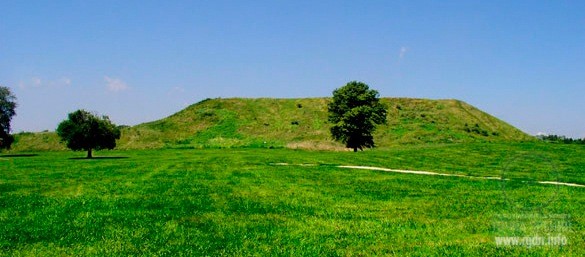
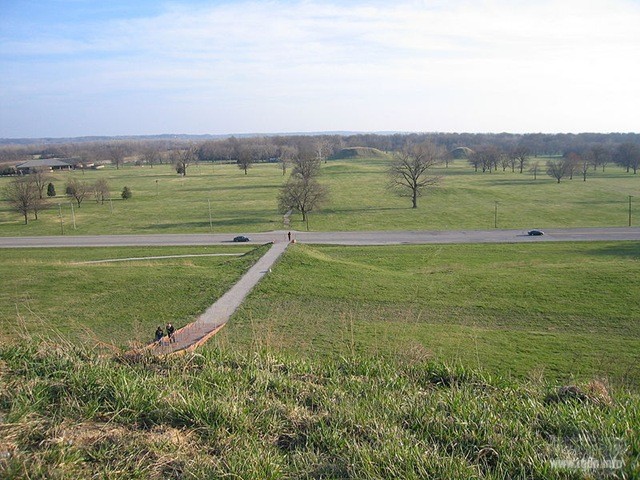
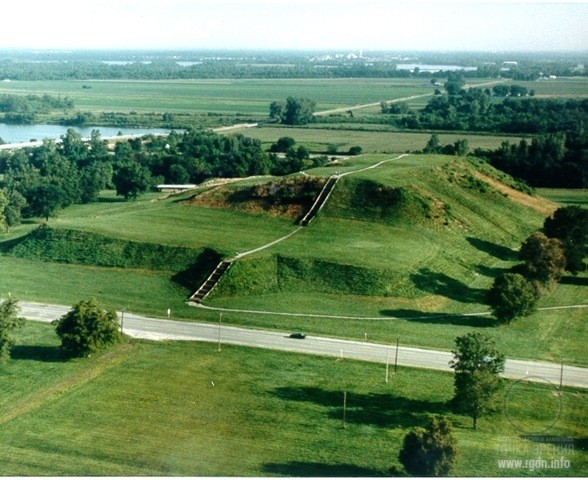
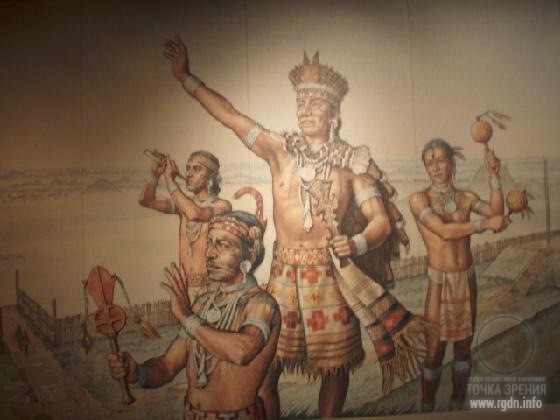
Looking closely at the above image, we can discern a cross in a circle and an equilateral cross in the pattern of the tribal chief’s clothes. And a rhombus (!) is there, too.
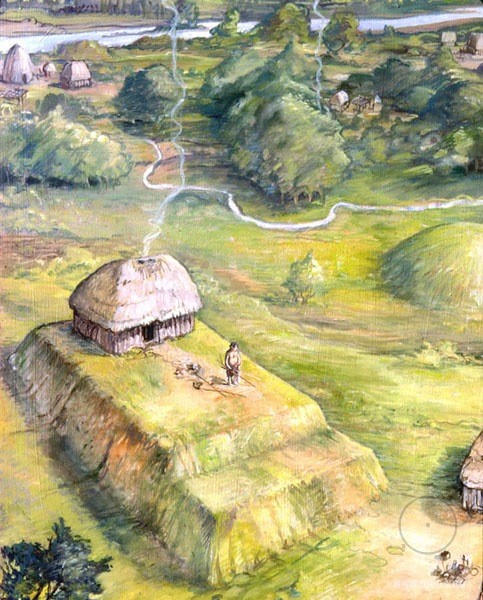
This is an unexpected drawing: an Indian hut is on a mound, which evidences the purpose of mounds was totally other than banal burial of the deceased. You should agree it would be unnatural to build a house on a tomb.
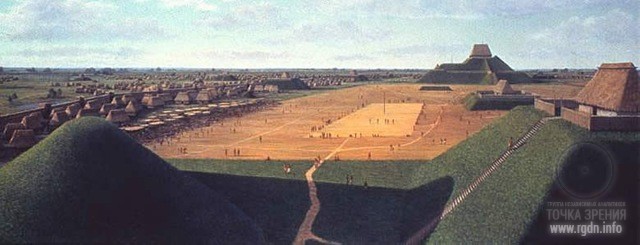
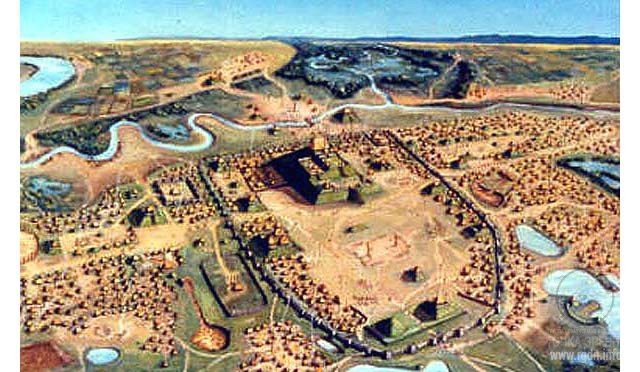
Looks like the Toltec, Maya and Aztec ancient cities
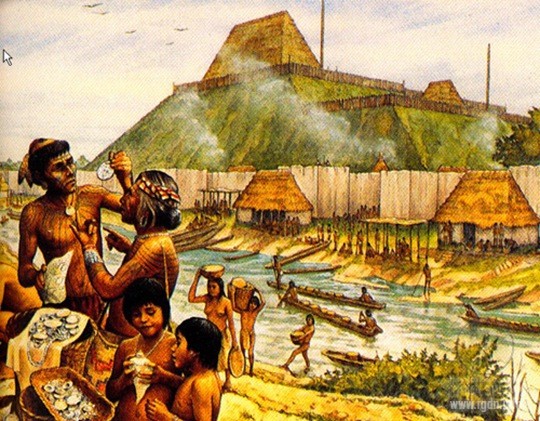
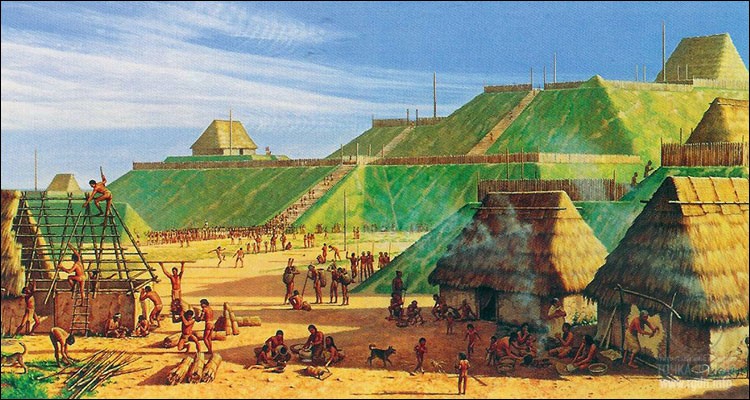
On the mound tops we can see pyramidal structures. These are surely mere drawings, artists can paint whatever they imagine, but it is definitely very interesting...
The fate of Cahokia is quite predictable for permanent visitors of our website, i.e. it is absolutely unknown. There are neither legends nor records about Great Cahokia as it is also called. “This strange culture is cloaked in mystery”, as many contemporary scientists write. Well, everything is obvious with this strange culture in fact – it was simply cleaned up. Many also crack their brains over questions: “Who were the creators of Cahokia? Where was their ancestral home? Where did such marvellous cultural impulses come from to the Mississippi Valley?” Recently we started wondering at the same things, and a logical conclusion arises that quite probably the spiritual knowledge of the Toltecs in the 11-12th centuries could have spread across North America to the Mississippi and northward to LakeOntario where the Iroquois tribes lived.
The fate of Cahokia is predictable for us by another reason as well. Suffice it to look at the ornaments of North American Indians to understand the point. After all, these are echoes of the Primordial Knowledge which may be encountered in cultures of various peoples of the world on nearly all the continents.
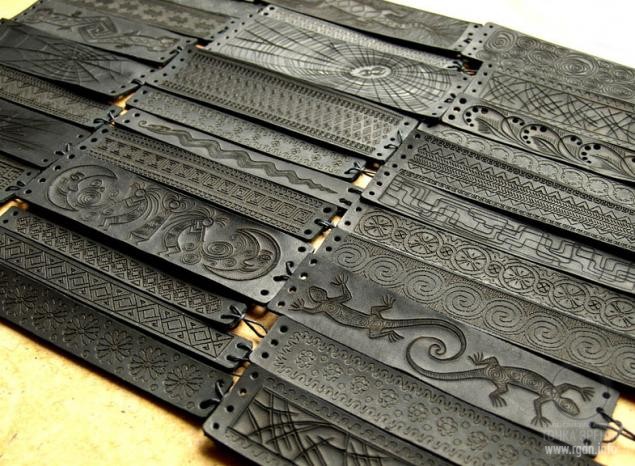
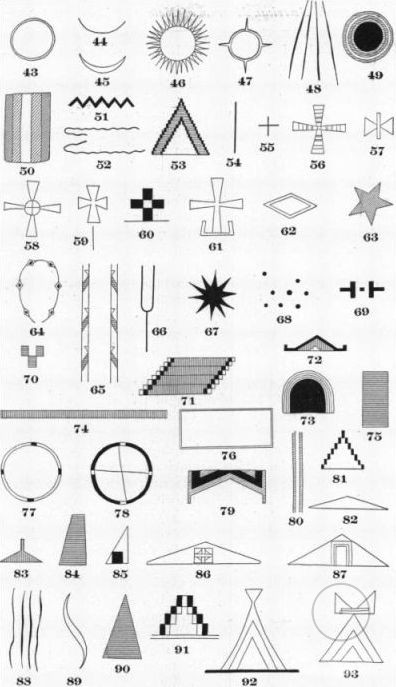
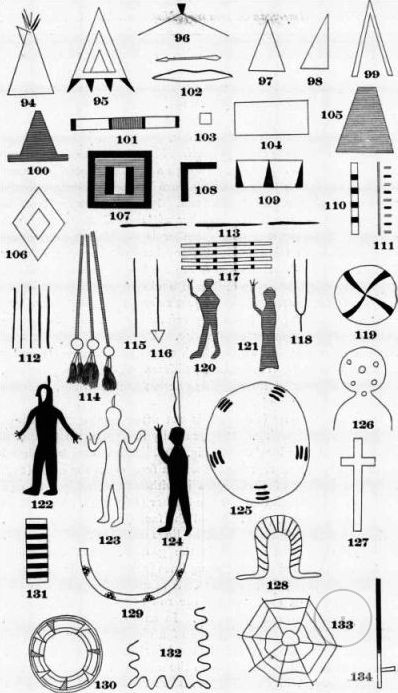
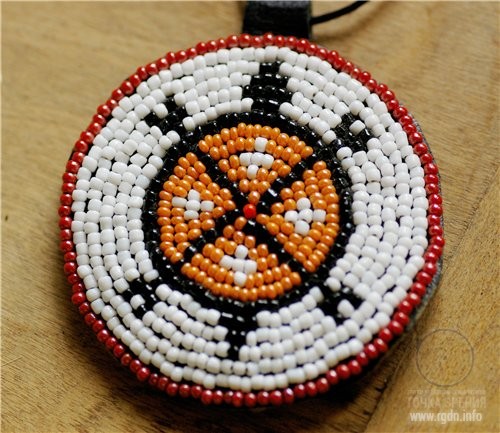
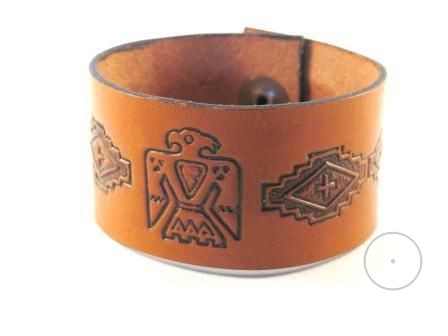

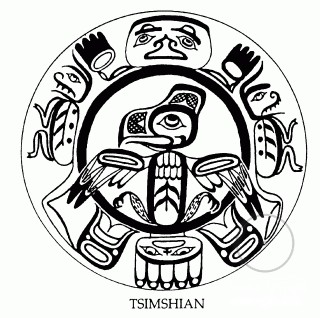
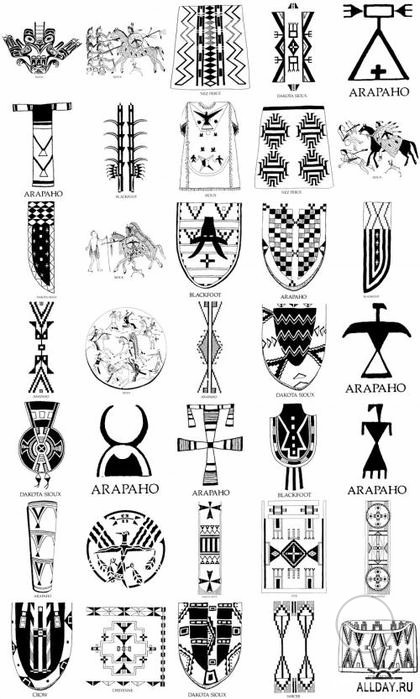
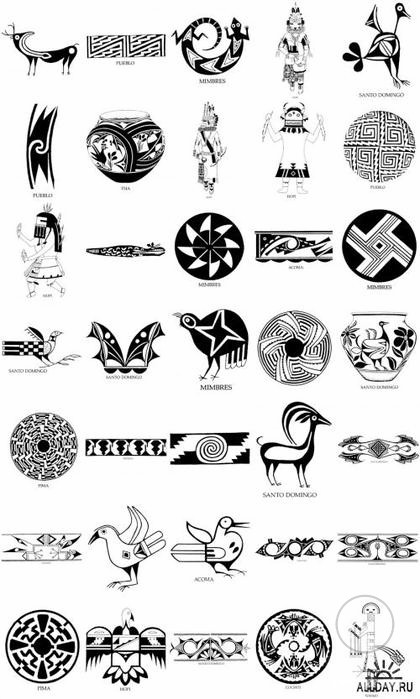
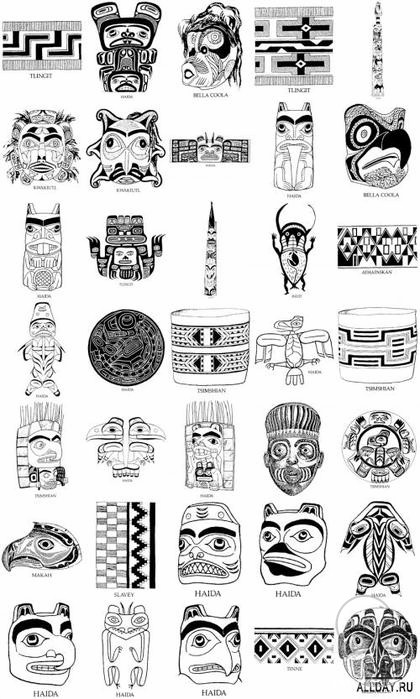
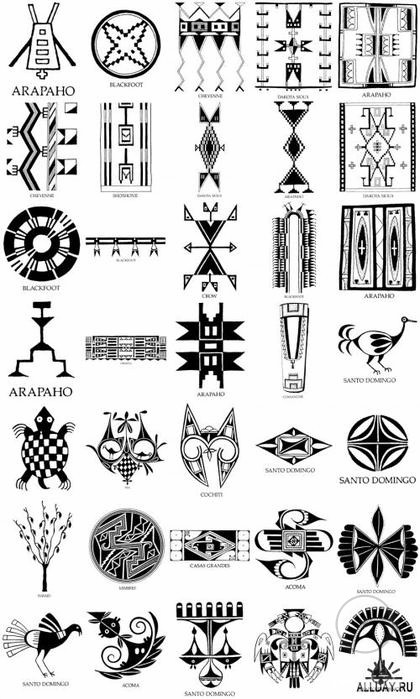
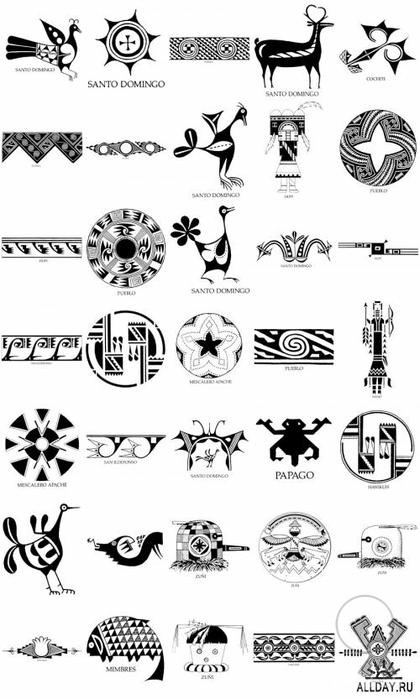
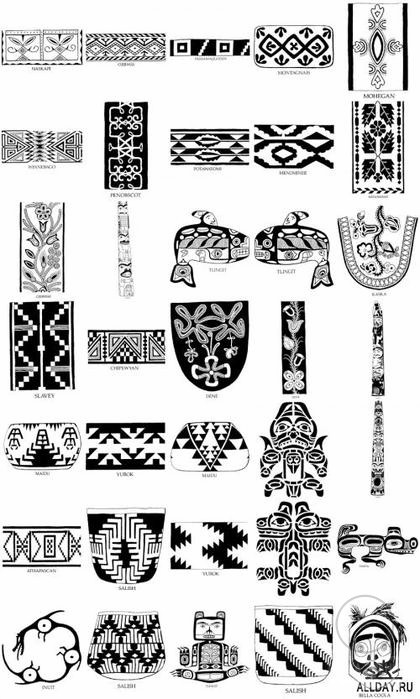
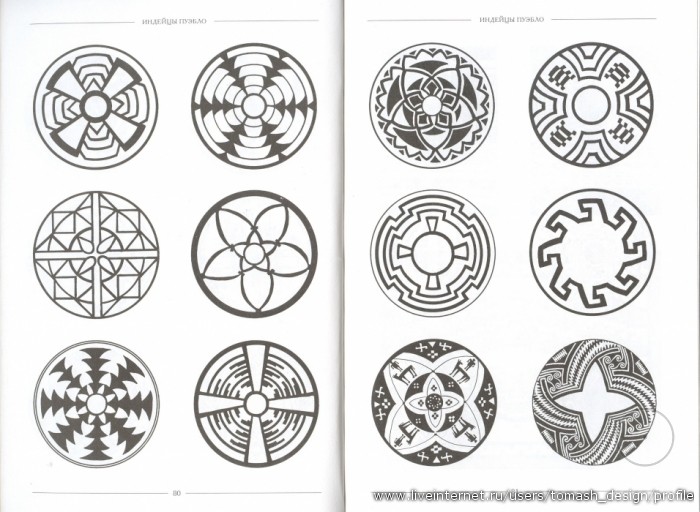
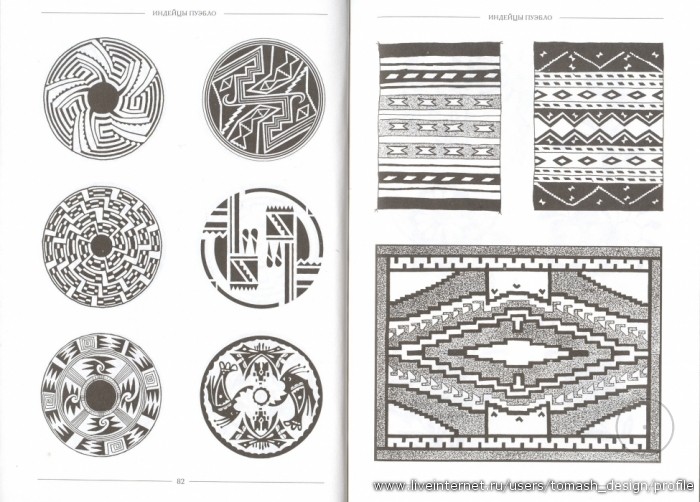
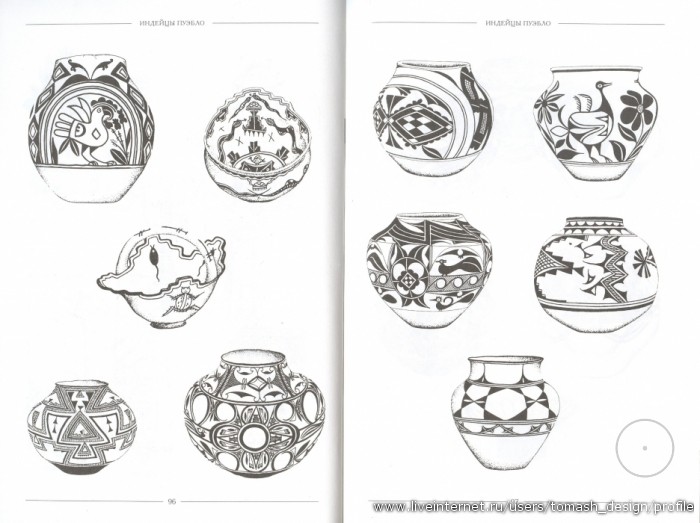
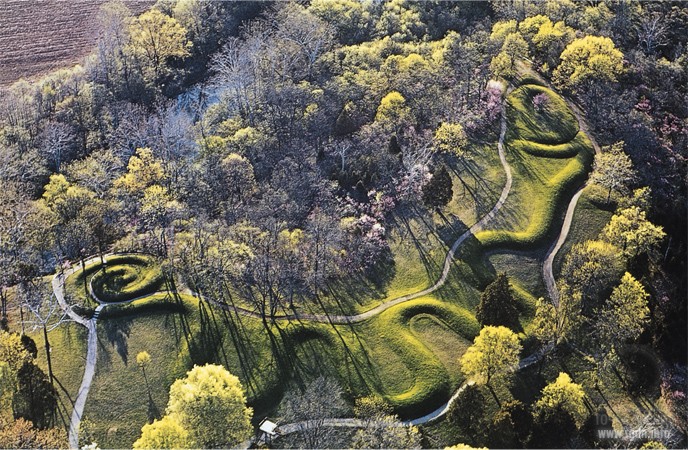
There is another symbolic and mysterious place in North America. It’s the (Great) Serpent Mound of about 440 metres in length and 1 metre in height, situated along the Ohio Brush Creek in Adams County, Ohio. No artefacts were discovered inside the mound, so for a long time its origin has been disputed among archaeologists. Most often the Great Serpent Mound has been attributed to the following Native American cultures:
Adena (800 BC – 100 AD)
Hopewell (200 BC – 500 AD)
Fort Ancient (1000−1650 AD)
Based on results of radiocarbon tests of local materials found in 1996, the mound dates back to circa 1050 AD, though we won’t link the mound origin with the Fort Ancient culture even despite the fact the mound outline ends with a shape of the AllatRa sign on one of its edges. If you remember, we observed something similar in the images in Places of Power. Ley Lines, where the four Viking fortresses in Denmark – Trelleborg, Eskeholm, Fyrkat, and Aggersborg – form a straight line of many kilometres, and at the Trelleborg extreme point of the line there is also the AllatRa sign (a crescent and a circle).
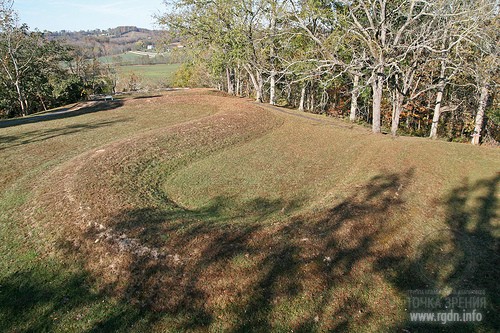
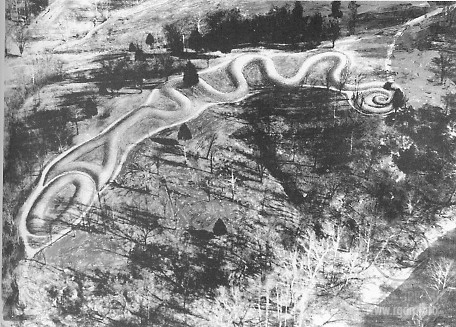
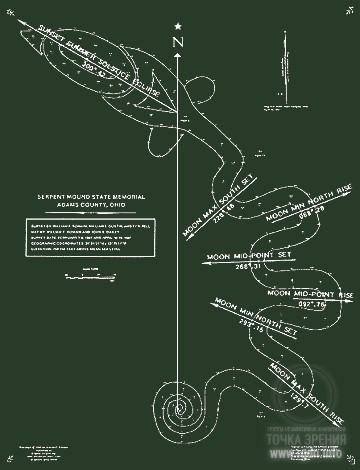
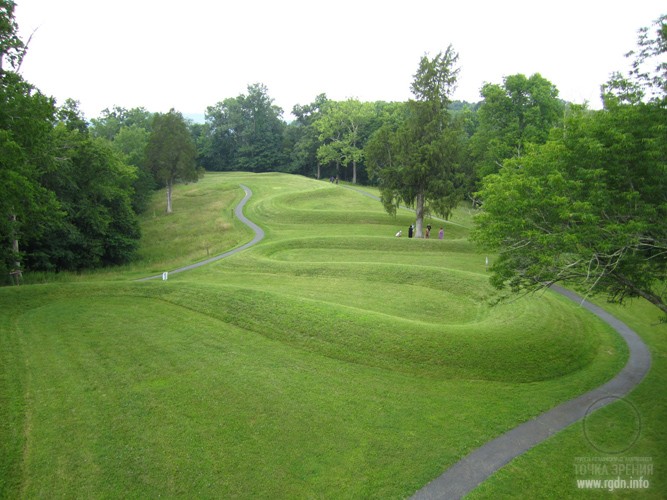
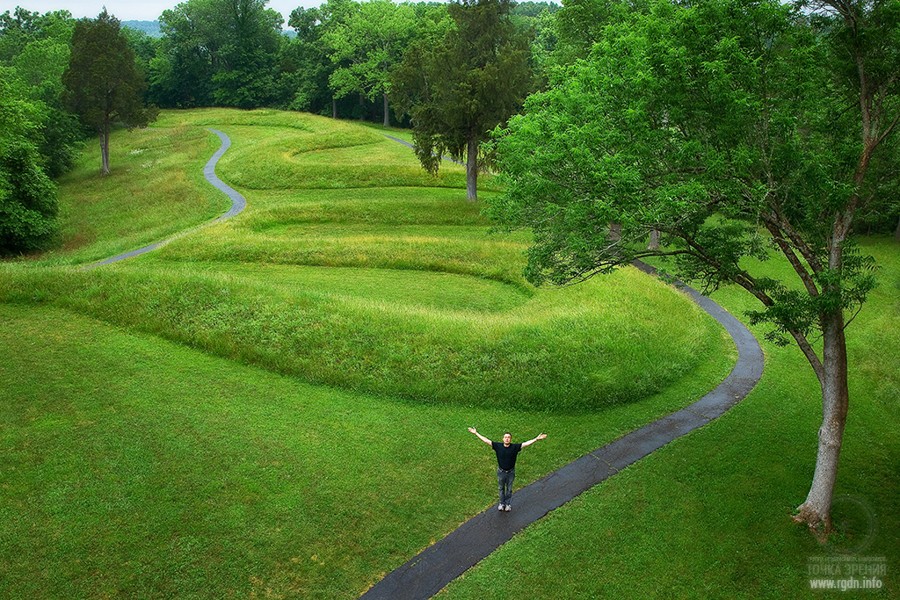
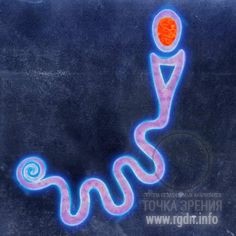
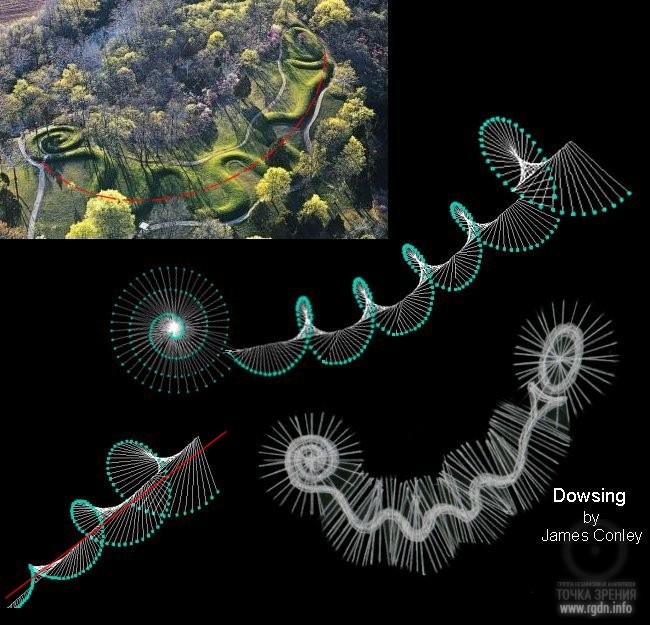
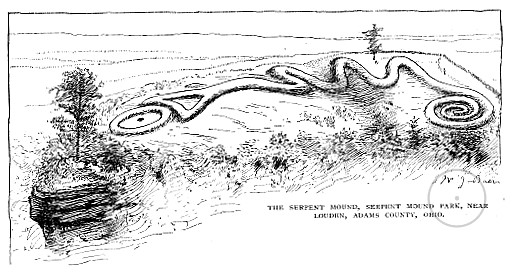
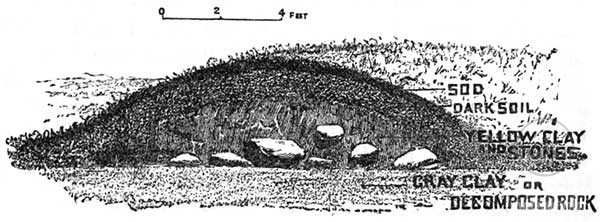
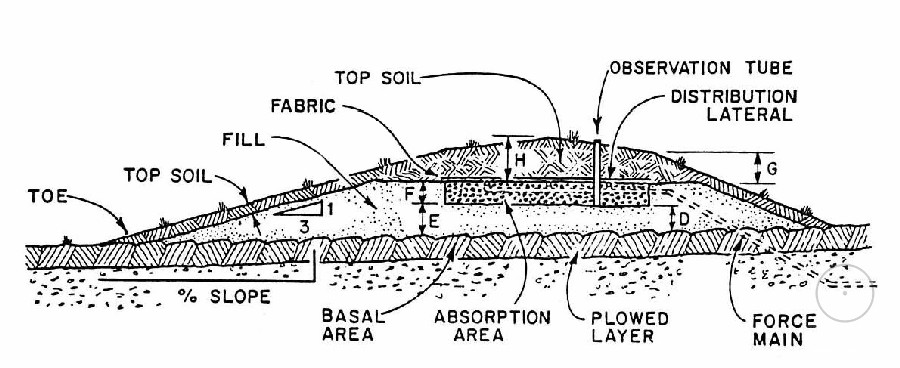
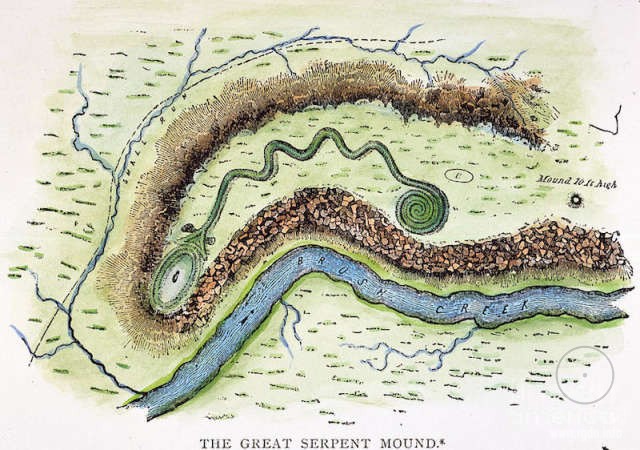
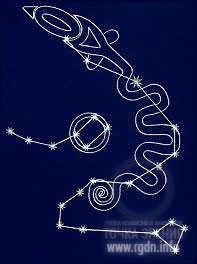
There is even a schematic projection of the Serpent Mound on the constellation of Draco that we talked about in earlier articles (read more in The Orion-Draco Pendulum) or, in other words, a projection on the star map. I don’t have any explanations to this so far, so let me just continue. A missionary John Heckewelder recorded a legend of the Lenape people about a mysterious Allegevi or Tallegevi people that had supposedly inhabited the territory of contemporary Ohio State in ancient times. The same people are mentioned in Iroquois legends. Construction of mounds is sometimes ascribed to Allegevi, although nothing is known about them except legends. This is a typical pattern: due to a general “fortuity”, everything that has some value from a spiritual perspective shows no deep roots and is shrouded in mystery.
In the AllatRa book there are several pictures relating to traces of the pure spiritual knowledge, in particular the knowledge of the four human Aspects, which traces were left by the Navajo Indians.

A sacred coloured-sand picture of the Navajo people (Southwest USA, North America)

For instance, in such rites as the Holy Way the North American Navajo Indians use certain sacred symbolic images composed of fine coloured sand, which are erased once the ceremony is over. When you get a chance, pay attention to the sand painting called The Whirling Logs made for the sacred The Night Way chant.
In this painting you will see the Centre, the right swastika (the movement of Allat towards expansion), the four couples of female and male spirits (Yeis). Pay attention to the position of their arms. In the beliefs of the Navajo people, the supreme Yei include six female and six male deities, whereas altogether fourteen kinds of deities are traditionally distinguished. It is believed that all of them are connected with the events of the Initial Creation. Furthermore, The Whirling Logs painting has a symbolic image of the four Aspects, where the lateral Aspects are depicted as guardian spirits, the Rear Aspect is represented as the past with four identical marks (which indicate time – the fourth dimension). The Front aspect is presented by the main Yei holding a squirrel bag – the Speaking White God (the Quiet Talker) that protects people. He was associated with the east, dawn and cereals. At that, the entire picture is fringed by the main female Yei in the form of a peculiar semicircle – the rainbow guardian goddess who surrounds the remaining Yeis and symbolizes the heavenly-earthly path. This is a stylized symbol of Allat. (the AllatRa book, pages 241-242 – allatra.us)
An unexpected discovery for a person who is fond of solving riddles: “The Front Aspect is represented by the main Yei holding a squirrel bag – the Speaking White God (the Quiet Speaker) that protects people.” It turns out the Navajo people possessed the spiritual knowledge. How? Maybe, in the following way (see the map below)?
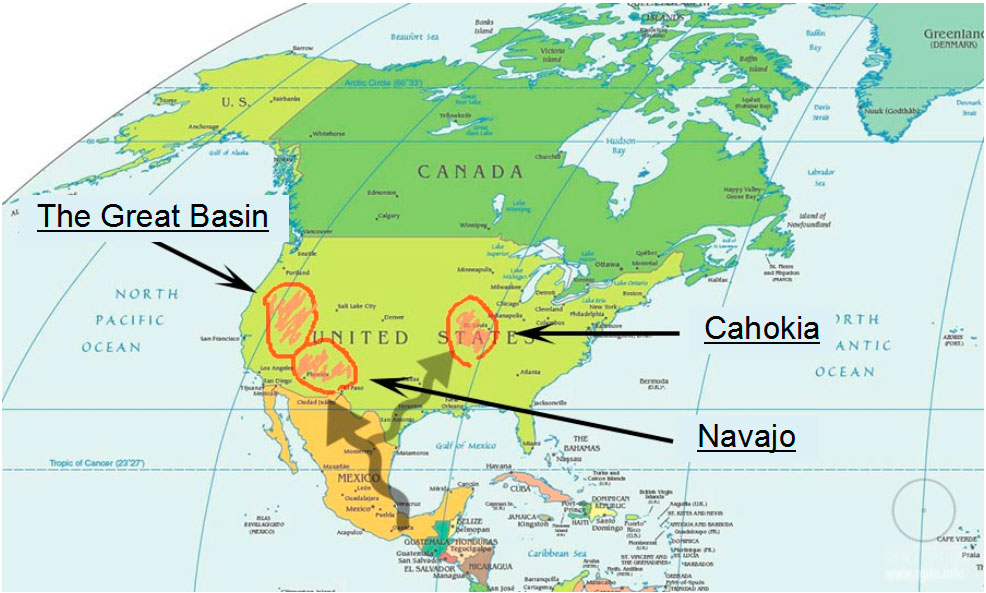
This is just a hypothesis, though it seems to me the Primordial Knowledge brought by Quetzalcoatl was definitely spread all over the continent, because people inhabited all parts of it, while all people are actually the same in their essence.
In the end, it should certainly be added that the US policy towards the indigenous population of the continent is probably the most shameful part of the American history. Natives in North America became strangers in their own home after the European colonizers had arrived, though they still make up 1.6% of the total population in these lands. About one third of 5 million Native Americans (over 1.5 million people) live in 563 reservations (this is such a terrible word for the indigenous population of a whole continent!). Moreover, according to the Tribal News agency, food prices in the reservations are nearly 2 times higher than in regular American shops. Inhabitants of the reservations have much poorer education than their congeners living outside the national territories. Indian reservations in the USA are not called reservations everywhere: for instance, they are called rancherias in California, pueblos in New Mexico, and Indian colonies in Nevada (the primordial owners of the land have been placed in colonies…).
What can we say in conclusion?
Unfortunately, today we have no idea of the level of development of the extinct cultures in the Mississippi Valley. For some unknown reasons, in the course of time these territories mostly turned so desolate that they started to be called the EmptyLand, and it’s equally difficult to say anything specific about the desert areas in Arizona and the Great Basin.
If you, dear readers, have any additional information on the subject, please share it in the commentary section below, and we will update the material.
To be continued...
Prepared by Dato Gomarteli (Ukraine-Georgia)
Sincere thanks to Alex Soloviov for the hint. Owing to your short message this material has come into being.
 In quest of... North America of the 11th century... Indian tribes, Cahokia and Fort Ancient. Part Two
votes:
163
In quest of... North America of the 11th century... Indian tribes, Cahokia and Fort Ancient. Part Two
votes:
163
|

Project Aim










Leave comment